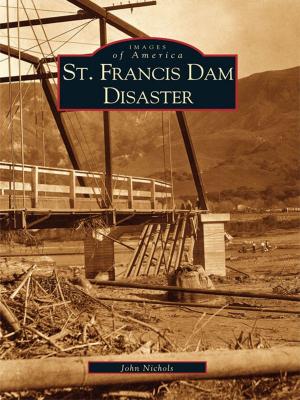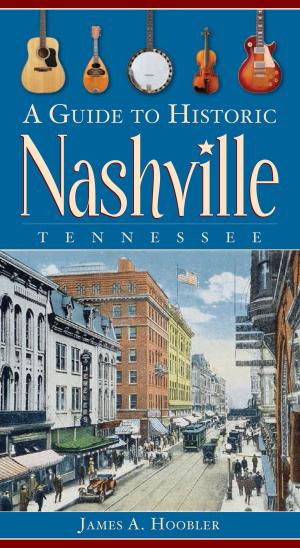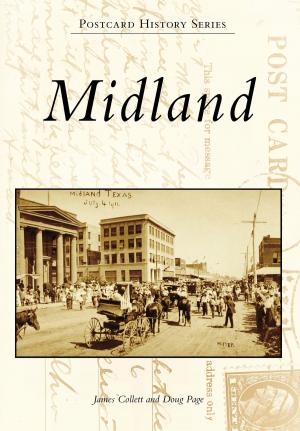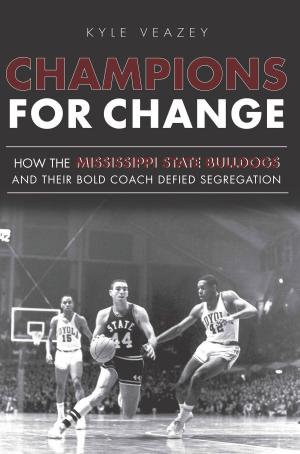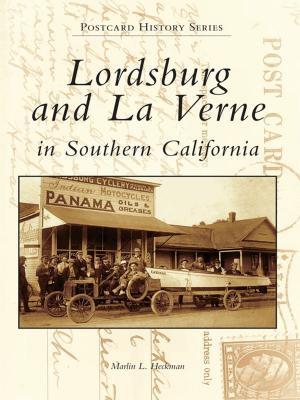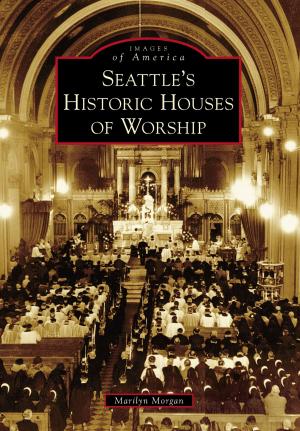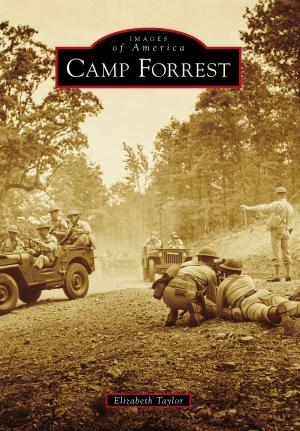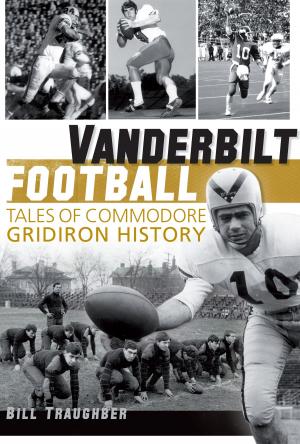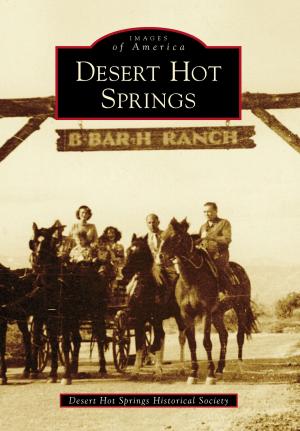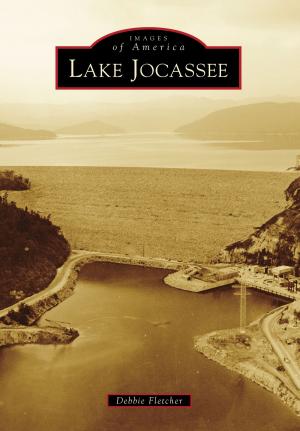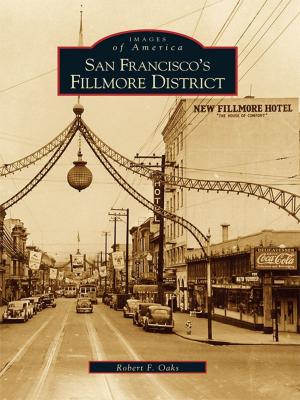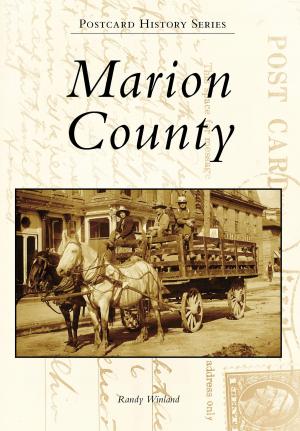The Enduring Journey of the USS Chesapeake: Navigating the Common History of Three Nations
Nonfiction, History, Americas, United States| Author: | Chris Dickon | ISBN: | 9781625843791 |
| Publisher: | Arcadia Publishing Inc. | Publication: | July 1, 2008 |
| Imprint: | The History Press | Language: | English |
| Author: | Chris Dickon |
| ISBN: | 9781625843791 |
| Publisher: | Arcadia Publishing Inc. |
| Publication: | July 1, 2008 |
| Imprint: | The History Press |
| Language: | English |
"Fight "til she sinks, boys. Don't give up the ship! Burn her."
James Lawrence's command, spoken as his final fighting words in the historic 1813 battle between the USS Chesapeake and the HMS Shannon, would endure as the motto of the U.S. Navy. He lost the battle, however, and a large portion of the Chesapeake was recycled by the ship breakers of Portsmouth, England, until her timbers gave form and size to a new water mill in the village of Wickham. Almost two hundred years later, the old mill sat derelict, an eyesore. What was it made of ? Where had it come from? Why should it be preserved? It was then that the sails of a long-forgotten fighting ship were seemingly unfurled along the Meon River in the County of Hampshire, and the old navy frigate--having crossed the waters of America, Canada and England--set off on the third century of her enduring journey.
James Lawrence's command, spoken as his final fighting words in the historic 1813 battle between the USS Chesapeake and the HMS Shannon, would endure as the motto of the U.S. Navy. He lost the battle, however, and a large portion of the Chesapeake was recycled by the ship breakers of Portsmouth, England, until her timbers gave form and size to a new water mill in the village of Wickham. Almost two hundred years later, the old mill sat derelict, an eyesore. What was it made of ? Where had it come from? Why should it be preserved? It was then that the sails of a long-forgotten fighting ship were seemingly unfurled along the Meon River in the County of Hampshire, and the old navy frigate--having crossed the waters of America, Canada and England--set off on the third century of her enduring journey.
"Fight "til she sinks, boys. Don't give up the ship! Burn her."
James Lawrence's command, spoken as his final fighting words in the historic 1813 battle between the USS Chesapeake and the HMS Shannon, would endure as the motto of the U.S. Navy. He lost the battle, however, and a large portion of the Chesapeake was recycled by the ship breakers of Portsmouth, England, until her timbers gave form and size to a new water mill in the village of Wickham. Almost two hundred years later, the old mill sat derelict, an eyesore. What was it made of ? Where had it come from? Why should it be preserved? It was then that the sails of a long-forgotten fighting ship were seemingly unfurled along the Meon River in the County of Hampshire, and the old navy frigate--having crossed the waters of America, Canada and England--set off on the third century of her enduring journey.
James Lawrence's command, spoken as his final fighting words in the historic 1813 battle between the USS Chesapeake and the HMS Shannon, would endure as the motto of the U.S. Navy. He lost the battle, however, and a large portion of the Chesapeake was recycled by the ship breakers of Portsmouth, England, until her timbers gave form and size to a new water mill in the village of Wickham. Almost two hundred years later, the old mill sat derelict, an eyesore. What was it made of ? Where had it come from? Why should it be preserved? It was then that the sails of a long-forgotten fighting ship were seemingly unfurled along the Meon River in the County of Hampshire, and the old navy frigate--having crossed the waters of America, Canada and England--set off on the third century of her enduring journey.

